
A Professional You Can Trust.
Robby Branson Builders Ltd
Let’s start at the beginning: what is an eave, and where is it on a conservatory?
The eave is the point where the roof overhangs the walls of a structure. In conservatory construction, this is typically the area just above the tops of the window and door frames — where the aluminium rafters meet the external edge of the frames, and where the glass or polycarbonate roof panels project outward. It’s also the section where the guttering usually sits, directing rainwater away from the structure.
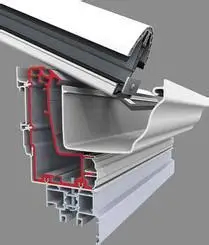
In other types of buildings, eaves can also provide shade or allow ventilation — particularly in hot climates, where they help reduce heat gain by blocking direct sunlight from hitting the windows.
But in the world of conservatories — especially older ones — the eaves area has historically been a weak point.
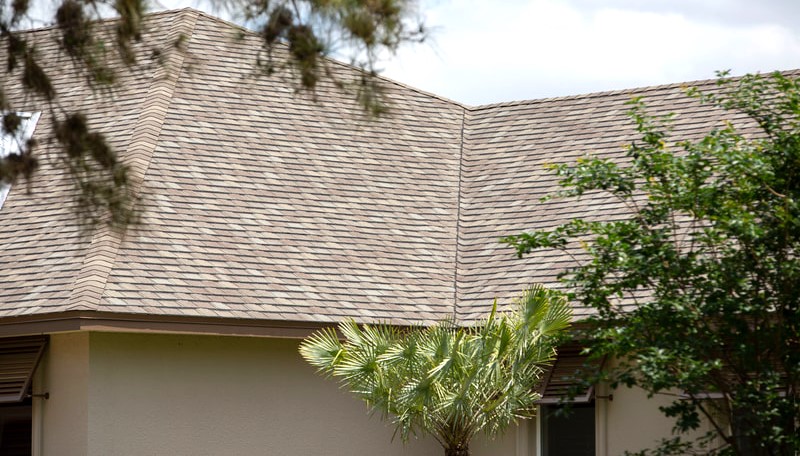
From an installer’s point of view, the traditional eaves detail left a lot to be desired. Until recently, this critical section often featured little more than a thin strip of double-sided tape to hold the roofing sheets in place and a clip-in plastic extruded trim (around 15mm wide and hollow) slotted into the eaves ring beam — separating the inside of the conservatory from the elements. Visible gaps around the rafter junctions were common. Worse still, the continuous hollow aluminium eaves beam created what’s known as a cold bridge — a major pathway for heat loss or gain.
This beam, over time, had been modified by many manufacturers to accommodate a flush guttering system — which looked good and helped avoid encroachment issues in tight boundary builds — but it lacked any consideration for heat loss or gain.
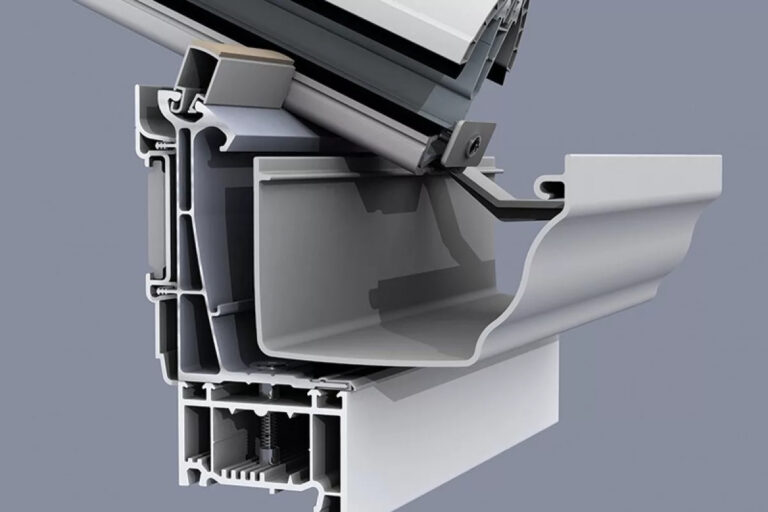
Also known as thermal bridging, cold bridging occurs when heat travels through a poorly insulated material — in this case, aluminium. It acts like a shortcut for warmth to escape in winter, or for heat to flood in during summer. Some studies suggest cold bridging can be responsible for up to 30% of a building’s total heat loss.
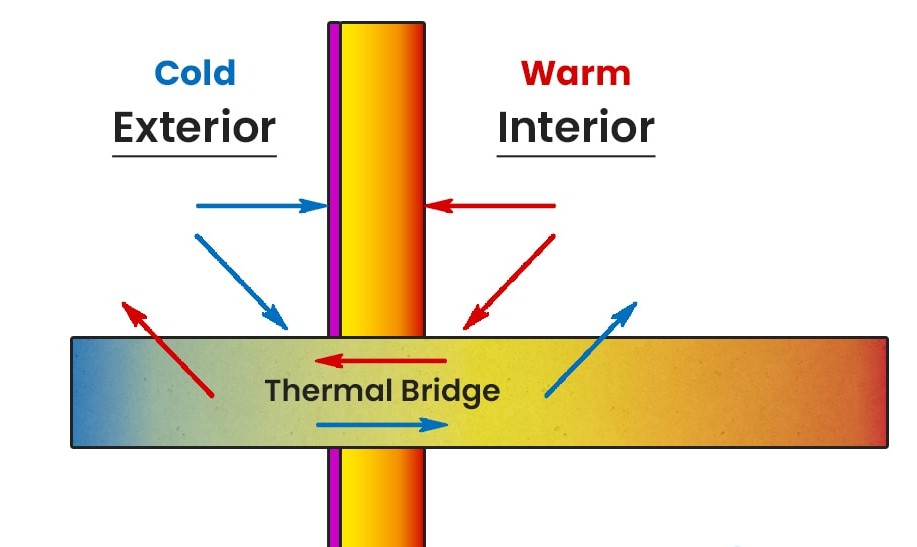
Manufacturers have finally acknowledged the problems caused by this overlooked area, and improved eaves beam solutions are now available. These range from simple upgrades to premium design features:
At the heart of it, an insulated eaves beam improves comfort, reduces drafts and condensation, and helps lower energy costs.
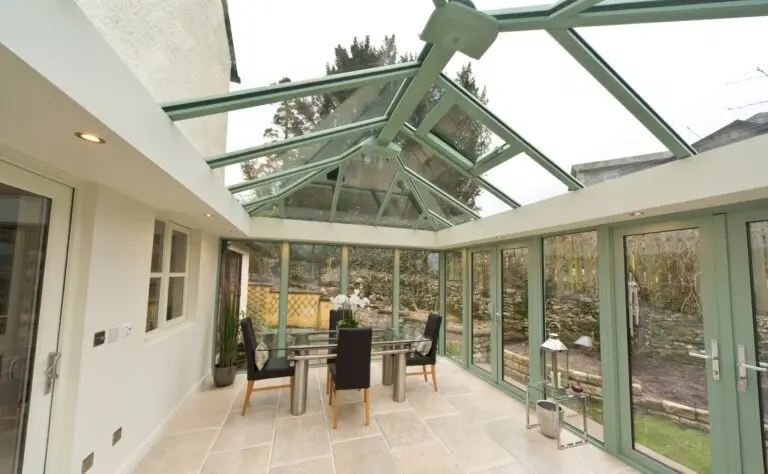

If you’re unsure whether your conservatory suffers from “eaves beam syndrome,” our Free Conservatory MOT can help. If needed, we’ll scan with our thermal camera — then assess whether this key junction is leaking air, in or out, hot or cold — and explain the options available to improve it in a way that suits your budget.
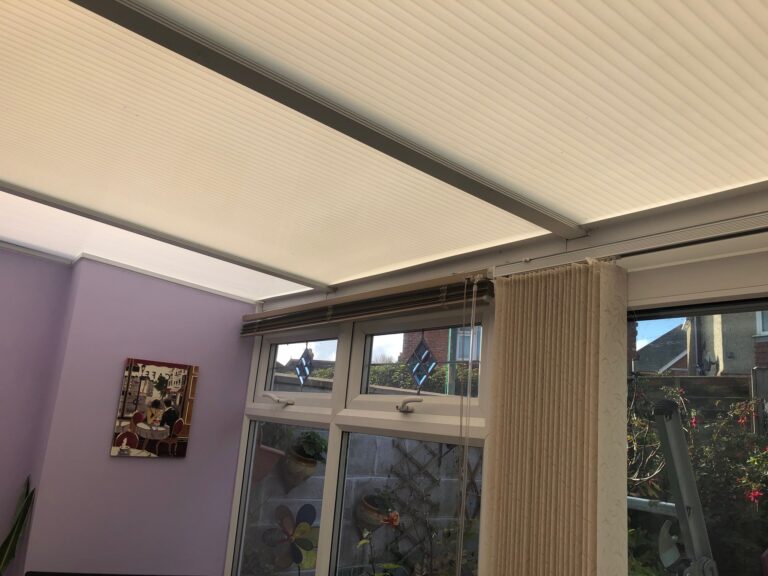
An insulated eaves beam is one of the most practical improvements you can make to an older conservatory. Ideally, it should be installed after any major roof upgrades, but depending on your future plans, this isn’t always essential — we can often allow for future work during installation.
Upgrading the eaves beam also opens up smart ways to manage additional needs like internal or external electrics, discreet plumbing runs, or even housing a Wi-Fi booster — all neatly tucked away.
It can also help reduce costs when done alongside other upgrades, especially roofing. We’re always happy to discuss the best way to combine improvements to save you money and hassle.
If you’d like more information or want to book your Free Conservatory MOT, head over to our MOT Contact Page using this link here or via the menu.